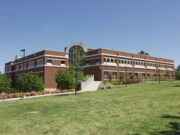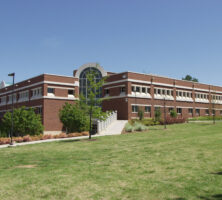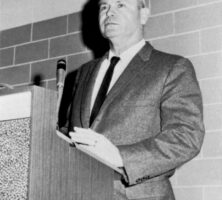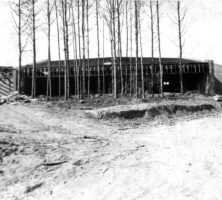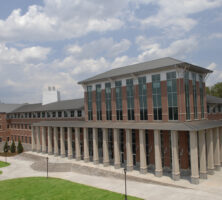Note from the Editors: In January 2016 Georgia Perimeter College merged with Georgia State University. This article chronicles the history of Georgia Perimeter from its founding until the time of the merger.
Georgia Perimeter College, originally founded as DeKalb College, was a multicampus institution of the University System of Georgia, with a curriculum specializing in liberal arts and sciences as well as professional preparation. Georgia Perimeter had five campus locations, in Alpharetta, Clarkston, Covington, Decatur, and Dunwoody. The college had an enrollment of nearly 21,057 in October 2015, before its merger with Georgia State University.
Origins
DeKalb College, originally founded by the DeKalb County Board of Education, first opened under the provisions of the Junior College Act of 1958. It was the only public two-year higher education institution in the state operated by a local board of education. DeKalb superintendent Jim Cherry envisioned a county school system that could educate citizens from primary grades through completion of a collegiate associate degree. Ground was broken for the campus in 1963. DeKalb College opened in the fall of 1964 at Clarkston, in DeKalb County, just outside the perimeter, east of Decatur, with 763 students. The school’s original architecture was postmodern with brick buildings and extensive use of glass. With the exception of Clarkston’s characteristic 1960s concrete breezeways that frame its academic quadrangles, variations on this functional style were maintained with the subsequent construction of additional campus locations.

Courtesy of Georgia State University Perimeter College
DeKalb College was a pioneer in the concept of open admission. Any resident of the DeKalb County School District holding a high school diploma or its equivalent could be admitted to the college. By 1965 enrollment had grown to more than 2,000, and in 1966 the school held its first graduation. In 1967 DeKalb College gained regional accreditation from the Southern Association of Colleges and Schools.
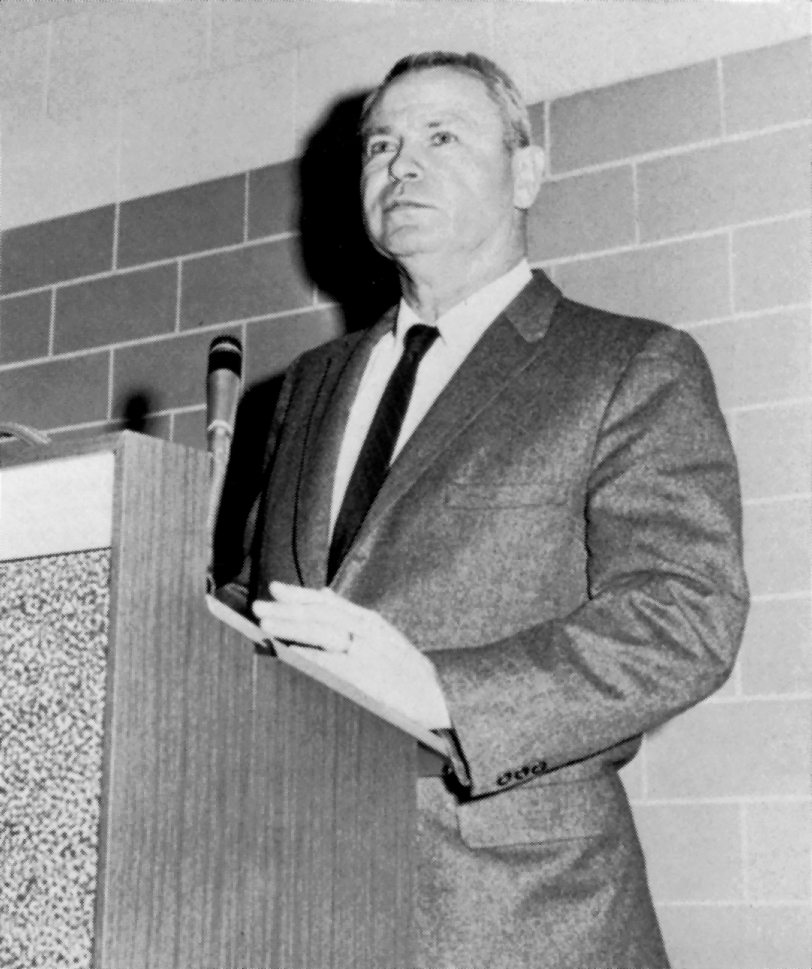
Courtesy of Georgia State University Perimeter College
In 1972 DeKalb College opened its South Campus on the outskirts of Decatur, about nine miles from Clarkston. Also in 1972, students were granted eligibility to enroll at the DeKalb Area Technical School (later Georgia Piedmont Technical College), adjacent to the DeKalb College Central Campus in Clarkston. The combined institutions, which offered both vocational and collegiate programs, were at that time designated DeKalb Community College (DCC). DCC was a leader in several innovative and accessible programs, notably joint enrollment (secondary school students enrolled in college classes) and “televised courses,” an early form of distance learning.
In 1979 DCC continued its multicampus development with a North Campus in Dunwoody, in Fulton County. In 1986 the growing school relinquished control of its affiliated vocational programs as well as the DCC name, and the Board of Regents accepted DeKalb College as a unit of the University System of Georgia. The college began to expand in metropolitan Atlanta outside DeKalb County with a Gwinnett County campus in Lawrenceville in 1987. DeKalb College at that time began offering dual programs with Gwinnett Technical College. In 1993 DeKalb College, in cooperation with Clayton State College (later Clayton State University), DeKalb Technical College, and Rockdale County Public Schools, formed the Rockdale Center for Higher Education in Conyers.
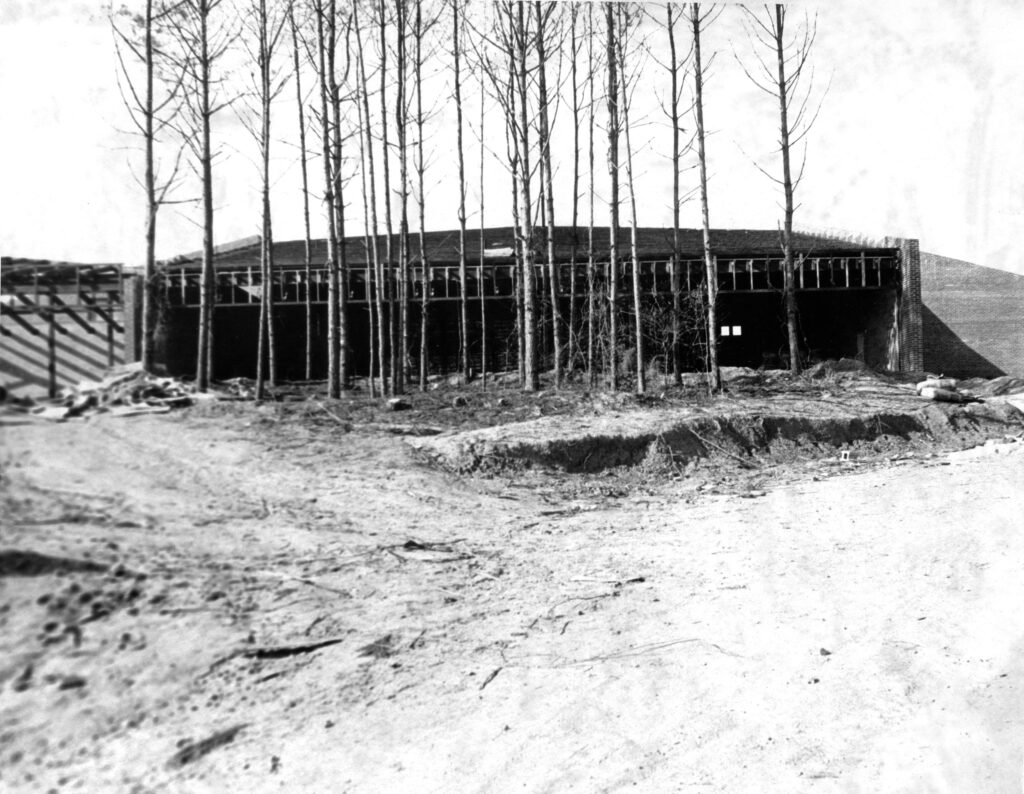
Courtesy of Georgia State University Perimeter College
A New Identity
In 1997 the University System of Georgia Board of Regents approved a name change from DeKalb College to Georgia Perimeter College. It reflected the institution’s expanding mission, reputation, and service throughout the metropolitan Atlanta area as well as its new identity as a state college. The nickname and school colors were changed from the DeKalb College Patriots (red, white, and blue) to the Georgia Perimeter Jaguars (maroon and gold). Teams under both names enjoyed success in the state and national Junior College Athletic Associations, particularly in intercollegiate men’s tennis, in which Georgia Perimeter won multiple national championships. The Georgia Perimeter women’s tennis team won a national title in 2000.
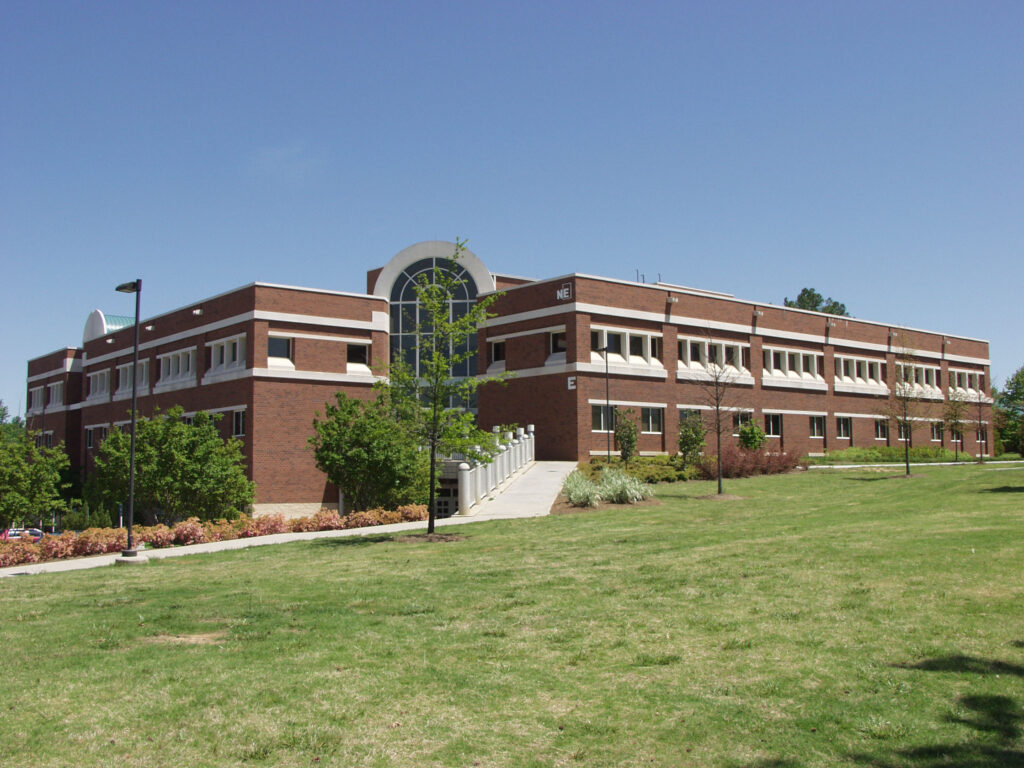
Courtesy of Georgia State University Perimeter College
Georgia Perimeter received national recognition for its literary quarterly, the Chattahoochee Review. Since its founding in 1980, the Chattahoochee Review has published such notable writers as Larry Brown and James Dickey. Works from this journal have been reprinted in the anthologies New Stories from the South and Best American Mystery Stories. The Chattahoochee Review continued publication after Georgia Perimeter’s merger with Georgia State.
Georgia Perimeter’s Native Plant Garden (later called the Native Plant Botanical Garden) in Decatur has earned regional recognition for its extensive botanical collection. This garden, which originated at the old DeKalb College South Campus in 1990, houses more than 4,000 native plants—perennials, trees, shrubs, and ferns—not only from the Southeast but also from the Prairie and Pacific Coast regions. In 2003 its collection of temperate zone ferns ranked thirteenth largest in the world. The garden also features every native azalea that grows in the Southeast.
In 1997, as part of the new identity of Georgia Perimeter, the school’s various campus names were changed to reflect their localities in metropolitan Atlanta. Clarkston Campus (formerly Central Campus) was home to the DeKalb Symphony, which played at Cole Auditorium. Decatur Campus (formerly South Campus) served as the administrative offices of Georgia Perimeter. Dunwoody Campus (formerly North Campus) had an extensive athletic complex, including tennis, soccer, and softball facilities. In 1999 Georgia Perimeter acquired a presence in the northern part of Fulton County, offering courses at Georgia State University’s Alpharetta Center.
From 2002 until 2005 Georgia Perimeter had a collaborative relationship with the University of Georgia (UGA), the Medical College of Georgia (later Augusta University), and Southern Polytechnic State University (later Kennesaw State University) at the Gwinnett University Center (GUC) facility. The center served as a model and catalyst for innovation for the entire University System of Georgia. UGA and GPC jointly occupied the GUC Signature Building, designed by the noted Georgia architect John Portman and completed in 2002. GUC also served as the “technology hub” for the University System of Georgia, with state-of-the-art classrooms featuring satellite hook-ups, desks with speakers, and classroom cameras worn by instructors.
At the shared GUC facility, Georgia Perimeter offered the college’s curriculum of associate programs in liberal arts and sciences, applied sciences, nursing (also available at the Clarkston Campus), and freshman and sophomore courses designed for transfer to senior institutions, as well as adult noncredit education. In 2005 the Board of Regents approved the transition of GUC into a new state college, Georgia Gwinnett College.
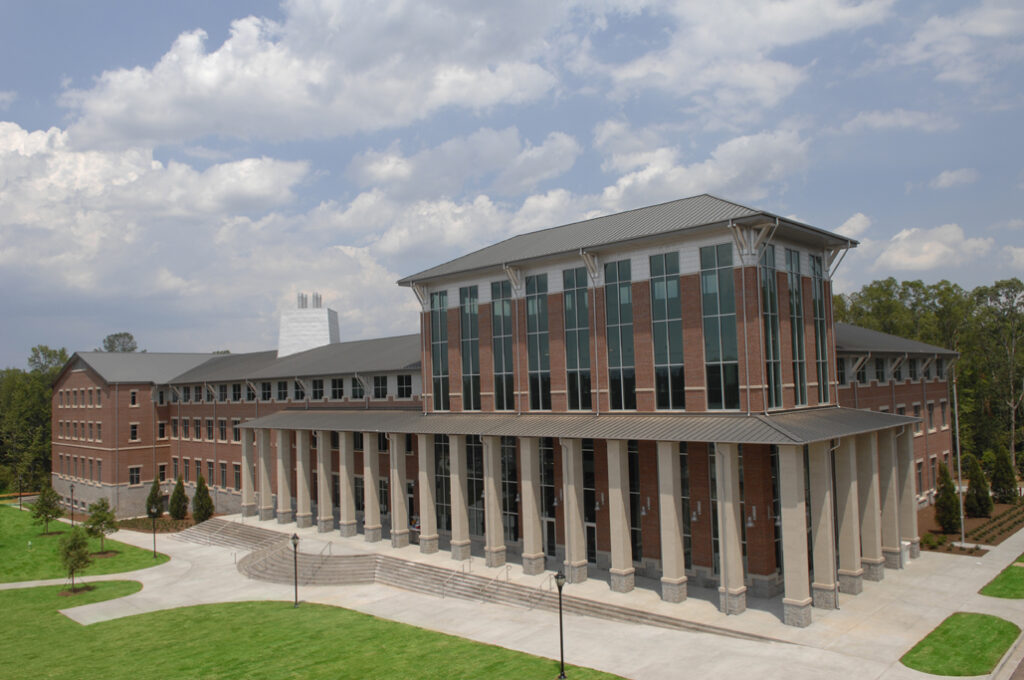
Courtesy of Georgia State University Perimeter College
Between 1996 and 2002 more than 9,000 students earned college credit through distance learning at Georgia Perimeter. Called Perimeter College Online after the merger with Georgia State, this program is still the largest of its kind in the university system, offering sixteen degrees in 2014.
In 2007 a new campus opened in Newton County. Meant to serve students in eight surrounding counties, the campus was built next to a mixed-use development project called Mount Pleasant, which is designed according to New Urbanist principles.


